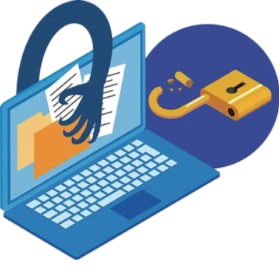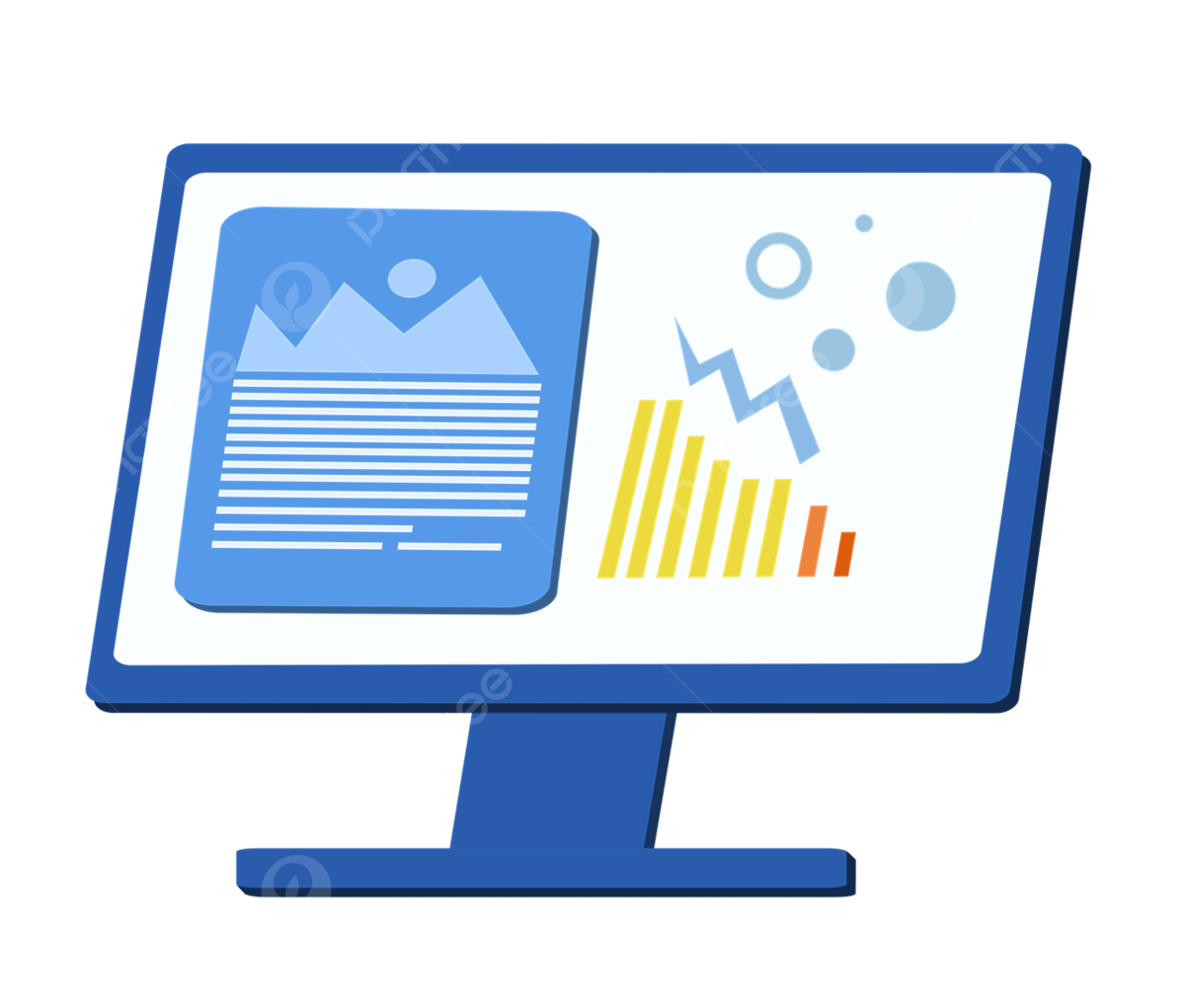Ethics in the Digital World
Unauthorized Access to Information


Unauthorized access occurs when someone gains entry to a system, either physical or electronic, without the owner’s or administrator’s permission. This can happen by bypassing security measures, exploiting system weaknesses, or using stolen credentials. Such actions are a serious violation of privacy laws and can lead to legal consequences. In many cases, unauthorized access is associated with hacking, where attackers use scripts or targeted strategies to bypass security defenses and gain control of sensitive systems.
In cybersecurity, unauthorized access refers to breaches of computer systems, networks, or databases. These breaches are often carried out by hackers seeking to steal, alter, or destroy data. However, unauthorized access isn’t limited to outside attackers; it can also involve internal threats, such as employees accessing files beyond their authorization level. This misuse of access privileges poses a significant risk to the integrity and security of digital systems.
The growing threat of unauthorized access raises serious concerns about data security and privacy. It endangers individuals, businesses, and governments by exposing sensitive information to theft, manipulation, or destruction. As technology advances, the methods of gaining unauthorized access become more sophisticated, making it crucial to implement robust security measures. Protecting against these threats requires a proactive approach, including regular security updates, monitoring systems for suspicious activity, and educating users about responsible access practices.
Benefits and Risks of Computing Innovations


Computing innovations have transformed our world in many ways. In the medical field, machines have saved lives by providing accurate diagnostics and assisting in complex surgeries. Telemedicine has improved access to healthcare, while communication technologies have connected people worldwide, making interactions faster and more efficient. Engineers and artists now have advanced tools for collaboration and creative expression, boosting productivity and driving economic growth.
However, increased reliance on technology comes with risks. Digital addiction can impact cognitive functions like attentiveness and decision-making. Privacy concerns and cybersecurity threats have grown, making personal information more vulnerable. Social media, while fostering connection, can contribute to mental health issues such as anxiety and depression. Additionally, the ease of digital interactions may weaken face-to-face communication skills.
Ethical challenges have also emerged, including the misuse of artificial intelligence and the spread of misinformation. Issues like deepfakes and data manipulation can harm individuals and societies. Moreover, the digital divide continues to widen, increasing social inequality. To fully benefit from technology, we must use it responsibly, balancing convenience with security and promoting digital literacy to ensure equitable access for all.
Privacy Risks in Data Collection


Managing and securing data has become increasingly complex as it continues to grow rapidly. The risk of cyberattacks has risen alongside the advancement of techniques such as malware, ransomware, and phishing schemes. Even employees or contractors with access to sensitive information can pose security threats.
To address these risks, organizations can adopt strategies for better data management and security. Ensuring regulatory compliance is critical for protecting sensitive customer information. Implementing access control and identification measures helps restrict data access to authorized individuals, reducing both internal and external threats.
Additionally, organizations must prioritize secure data transmission and storage processes to prevent loss or corruption. Maintaining a strong focus on these practices is essential for safeguarding valuable information. Organizations should also take measures to develop a comprehensive data security policy, outlining roles and responsibilities, indicident response procedures, and other security measures. Clear, concise, and convenient policies should be accessible to all employees.
Misuse and Protection of Computing Resources


The digital world has connected people globally, but computing resources are often misused, such as violating security, privacy, or engaging in academic dishonesty. As technology advances, ethical issues and privacy concerns grow, especially with sophisticated hacking techniques.
As businesses undergo digital transformation, the misuse of computing resources poses significant cybersecurity risks. Antivirus software alone is no longer enough to protect data and critical assets, as many cyber-attacks go undetected. Human error is a leading cause of security breaches, and the rise of remote work has introduced new vulnerabilities. Additionally, unauthorized access and improper use of computing resources can lead to severe data breaches and financial losses.
To protect against these threats, organizations must implement comprehensive cybersecurity measures beyond traditional antivirus solutions. Educating employees on the responsible use of computing resources and enforcing strict security protocols can significantly reduce the risk of cyber-attacks. Business leaders who prioritize cybersecurity awareness and resource management can safeguard their organizations against costly breaches, which this year averaged $2.5 million per incident.